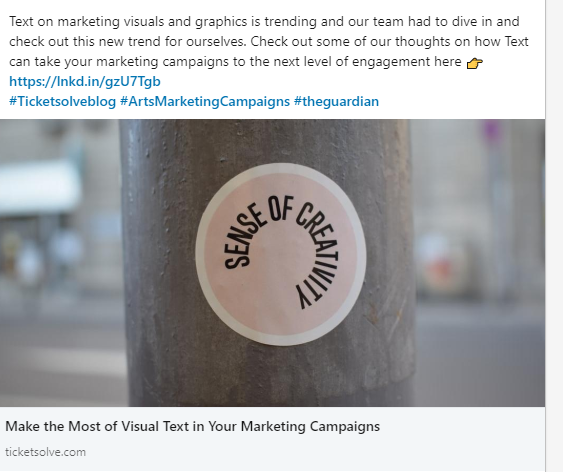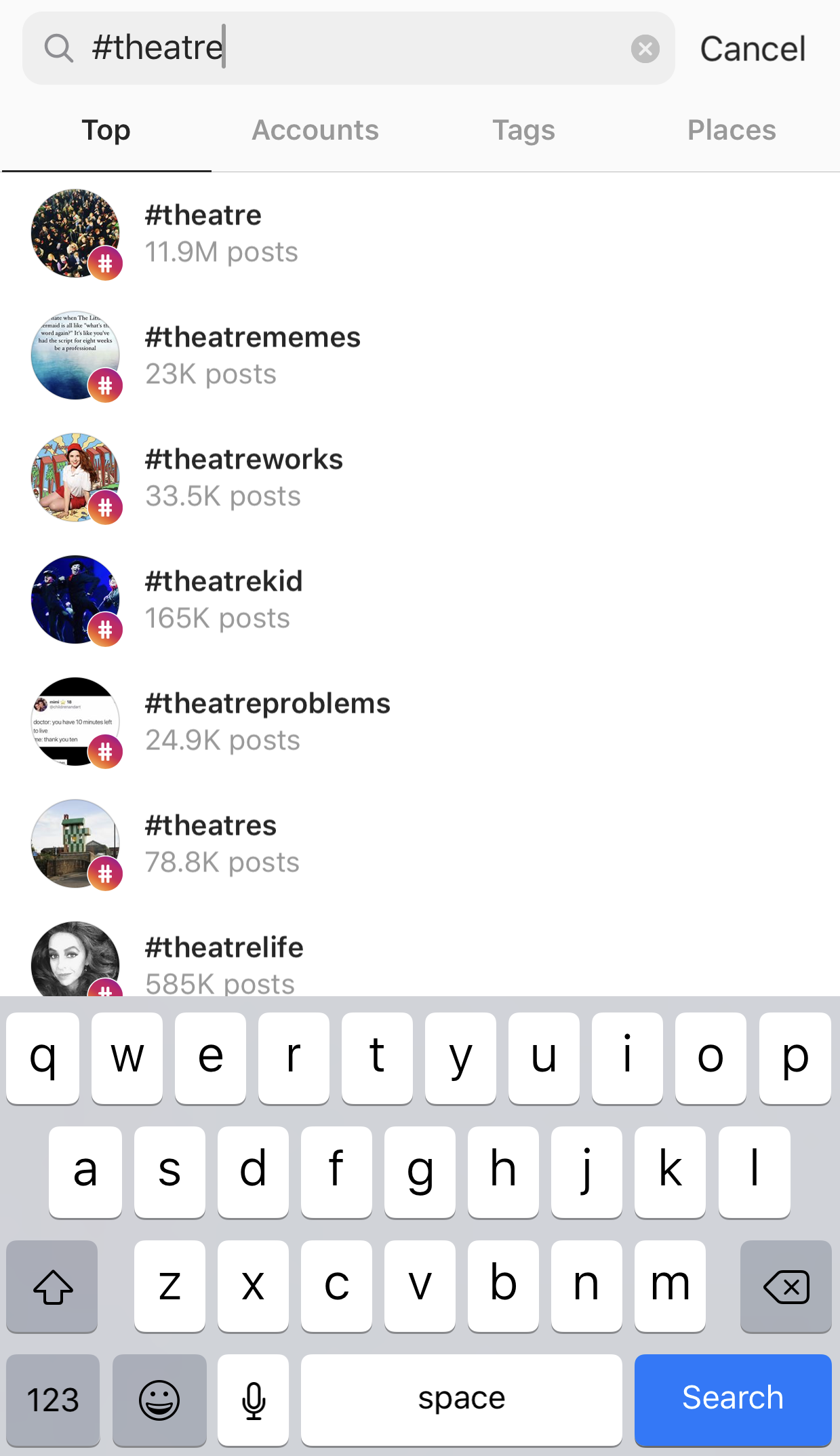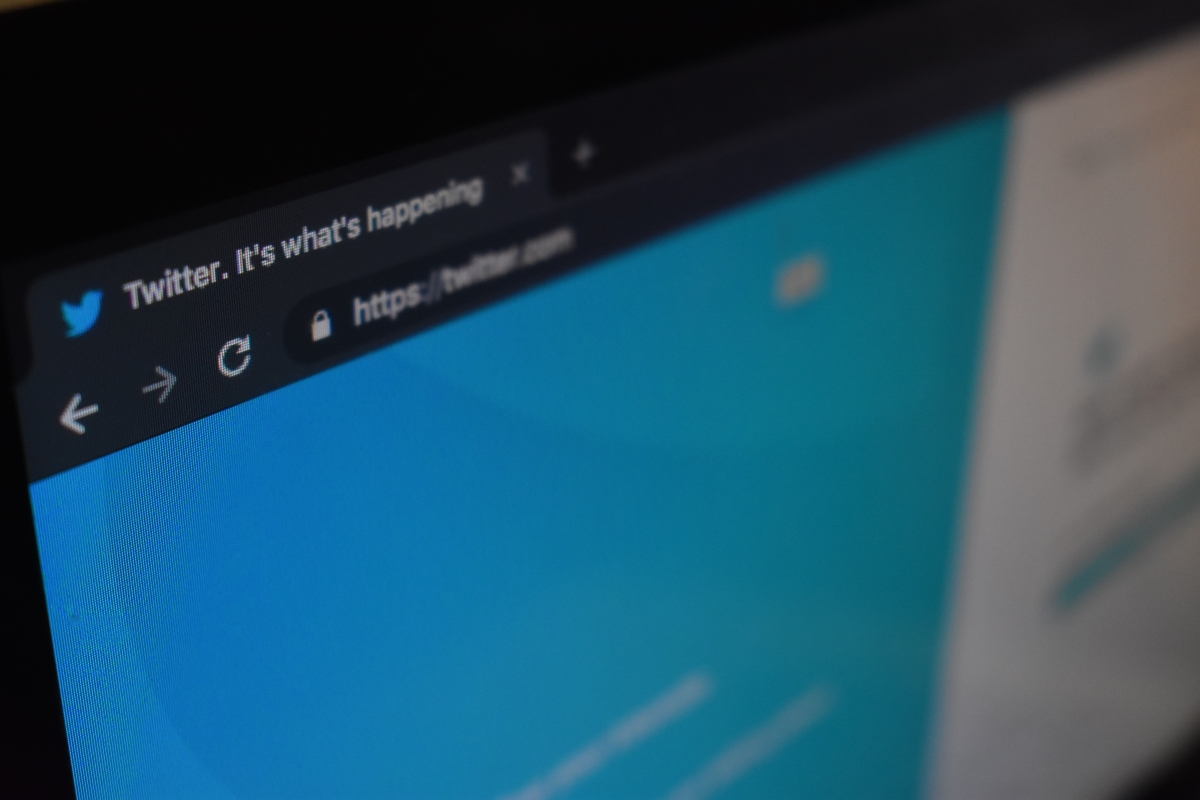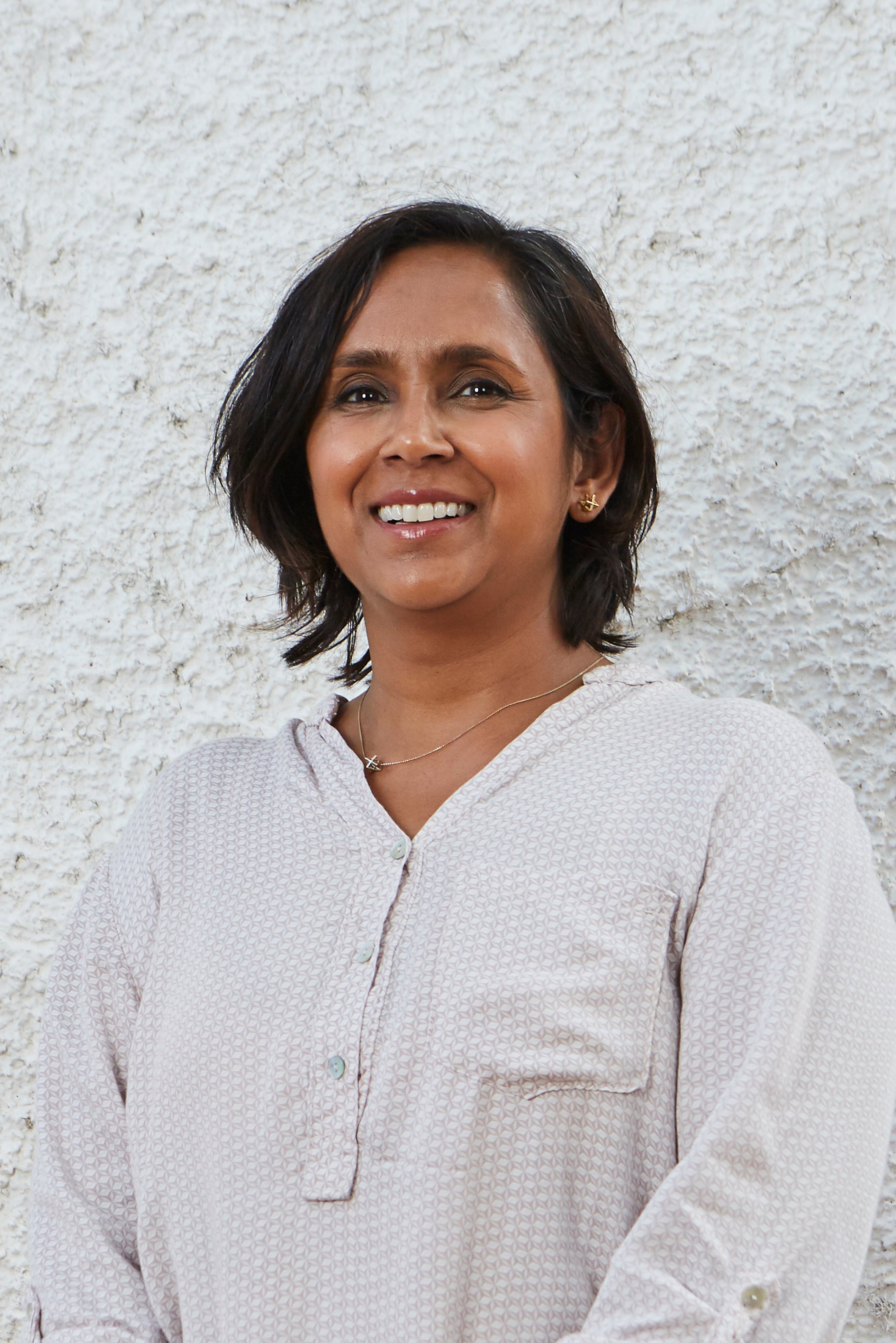Amplifying your Campaigns with Smart Hashtagging #Winning

With limited time in the arts, organic social media can quickly fall to the bottom of our to-do list. When we do have the time and mind space to publish creative content, it’s important to consider all elements which will push our content further and directly target our key audiences. Hashtags are a powerful tool and our team have decided to put together a quick blog tutorial on how to amplify your campaigns in the arts through hashtags on social platforms.
Last week we looked at the power of text as a visual for audiences. Something that we quickly learned was that a simple tweak to content can completely enhance your audiences’ engagement with your content. This led us to think ‘What else?’. What other small details can increase the CTR on our campaigns, or lead to higher website page visits. This week, we’re taking a look at hashtags and what they offer the arts when we tag our posts. For our blog tutorial, we’ve broken our research down into the four main social platforms for arts organisations; Linkedin, Twitter, Facebook, and Instagram.
Hashtags were formally introduced to Linkedin users in 2018. Hootsuite offers us a great start for hastag considerations on Linkedin as we’re familiarising ourselves with exploring this tagging trend on a new platform.
Unlike other social platforms, content for Linkedin should not be driven through hashtags. Hashtags on Linkedin are still important, but they need to accompany well-written posts. In this case, let’s think of hashtags like the cherry on top of our dessert. The body of ice-cream and chocolate are really what we’re after but the cherry is a nice element on top. Linkedin users are more inspired to connect with well-written and insightful content as opposed to searching for trending links.
Linkedin is a great platform to grow and develop your brand in a professional manner. Ultimately through adding in relevant and strategic hashtags, you could be surprised who will pick up your content.
On Linkedin, our team like to use two to three hashtags but no more. We make a split of our hashtags between brand awareness and popular tags. For example, we want the Ticketsolve community to find our new whitepapers and blogs, but we also want to share our resources with the wider arts community. Let’s, for example, our blog last week on Making the Most of Visual Text on Your Marketing Campaigns. For this post, our team want the Ticketsolve Community to find our new blogs easily so we used our brand hashtag #Ticketsolveblog. As well as that we also wanted to share our ideas with the wider arts community we also used #ArtsMarketingCampaigns and #TheGuardian as we started our conversation from an article their team had published on subtitles.

Delving into tagging on Facebook has been a really interesting exercise. A ‘one size fits all’ approach for hashtagging on Facebook, Twitter, and Instagram won’t offer you the best outcomes from tagging your content. Facebook themselves have actually explored the process of tagging on their platform and have put together some of the best practices for using hashtags on Facebook.
Our favorite top Facebook tips are;
-
Keep it Simple - Facebook users don’t segment their content as much as on Twitter.
-
Avoid Punctuation - resist the urge to use that comma #grammerpolice
-
Avoid Spaces - otherwise you’ll lose half of your hashtag #my mistake
-
Incorporate hashtags into your sentence - this is definitely an #easywin for Facebook!

Hubspot estimates that 95 million photos are posted to Instagram every day - Wowee !! With all that traffic, tagging and segmenting your content to hit more specific targets is a must.
Hashtags on Instagram can be very specific, which is great for our audiences but also an important consideration. For example, searching for #Theatre on Instagram is going to bring up thousands of posts, many of which might not be relatable to our audiences. We need to think deeper. Even adding #Musicaltheatre to our posts will ensure our content goes farther and wider.
An interesting article on Later.com teaches us a valuable lesson for hashtagging on Instagram. When we hashtag on Instagram we think about categorising our posts but we also need to think about how they help our audiences search for us and find our content.

When is comes to Twitter, hashtags are not a step we should ever consider forgetting (or getting lazy about). When our team search on twitter, we only use hashtags and more than likely, it’s the same for your organisation. This means our audience members are using hashtags to search and filter through content on Twitter. It’s our golden ticket to reaching their feed on this platform.
Twitter states that using a relevant hashtag on your tweet can increase engagement by almost 100% (X2) for individuals and 50% (1.5x) for brands. Now that we know this, it's time to use Smart Hashtagging #Hashtags4theWin

Categories
Recent posts
Archive
- December 2025 (2)
- November 2025 (1)
- October 2025 (3)
- September 2025 (1)
- August 2025 (3)
- July 2025 (3)
- June 2025 (3)
- May 2025 (4)
- April 2025 (5)
- March 2025 (5)
- February 2025 (4)
- January 2025 (4)
- December 2024 (3)
- November 2024 (5)
- October 2024 (4)
- September 2024 (7)
- August 2024 (5)
- July 2024 (3)
- June 2024 (3)
- May 2024 (3)
- April 2024 (3)
- March 2024 (4)
- February 2024 (5)
- January 2024 (3)
- December 2023 (3)
- November 2023 (4)
- October 2023 (4)
- September 2023 (5)
- August 2023 (3)
- July 2023 (4)
- June 2023 (4)
- May 2023 (5)
- April 2023 (4)
- March 2023 (4)
- February 2023 (5)
- January 2023 (4)
- December 2022 (4)
- November 2022 (3)
- October 2022 (4)
- September 2022 (5)
- August 2022 (2)
- July 2022 (4)
- June 2022 (5)
- May 2022 (4)
- April 2022 (5)
- March 2022 (3)
- February 2022 (4)
- January 2022 (4)
- December 2021 (2)
- November 2021 (3)
- October 2021 (5)
- September 2021 (4)
- August 2021 (4)
- July 2021 (3)
- June 2021 (4)
- May 2021 (2)
- April 2021 (4)
- March 2021 (5)
- February 2021 (4)
- January 2021 (5)
- December 2020 (4)
- November 2020 (4)
- October 2020 (5)
- September 2020 (5)
- August 2020 (4)
- July 2020 (7)
- June 2020 (5)
- May 2020 (5)
- April 2020 (5)
- March 2020 (8)
- February 2020 (4)
- January 2020 (5)
- December 2019 (3)
- November 2019 (5)
- October 2019 (4)
- September 2019 (4)
- August 2019 (5)
- July 2019 (4)
- June 2019 (4)
- May 2019 (5)
- April 2019 (4)
- March 2019 (4)
- February 2019 (3)
- January 2019 (5)
- December 2018 (4)
- November 2018 (8)
- October 2018 (2)
- September 2018 (3)
- August 2018 (5)
- July 2018 (4)
- June 2018 (4)
- May 2018 (1)
- April 2018 (1)
- March 2018 (3)
- February 2018 (2)
- December 2017 (2)
- November 2017 (3)
- October 2017 (4)
- September 2017 (2)
- August 2017 (1)
- July 2017 (5)
- June 2017 (3)
- May 2017 (2)
- April 2017 (3)
- March 2017 (2)
- February 2017 (3)
- January 2017 (3)
- December 2016 (4)
- November 2016 (1)
- September 2016 (1)
- July 2016 (3)
- June 2016 (1)
- May 2016 (2)
- April 2016 (2)
- February 2016 (1)
- January 2016 (3)
- December 2015 (2)
- September 2015 (1)
- August 2015 (2)
- July 2015 (1)
- June 2015 (2)
- May 2015 (2)
- April 2015 (5)
- March 2015 (2)
- February 2015 (2)
- January 2015 (4)
- December 2014 (3)
- November 2014 (3)
- October 2014 (2)
- September 2014 (3)
- August 2014 (3)
- July 2014 (3)
- June 2014 (7)
- May 2014 (6)
- April 2014 (3)
- March 2014 (2)
- February 2014 (1)
- January 2014 (3)
- December 2013 (1)
- August 2013 (1)
- June 2013 (1)
- April 2013 (1)
Sign up for regular updates


